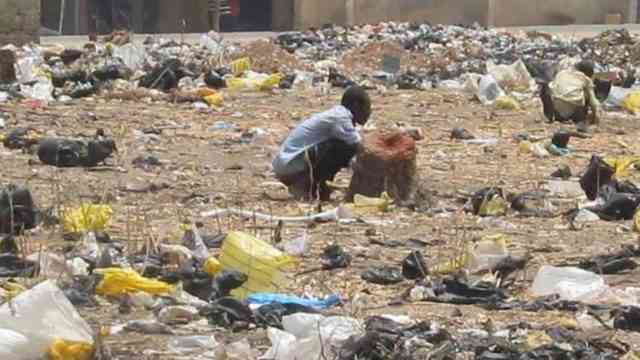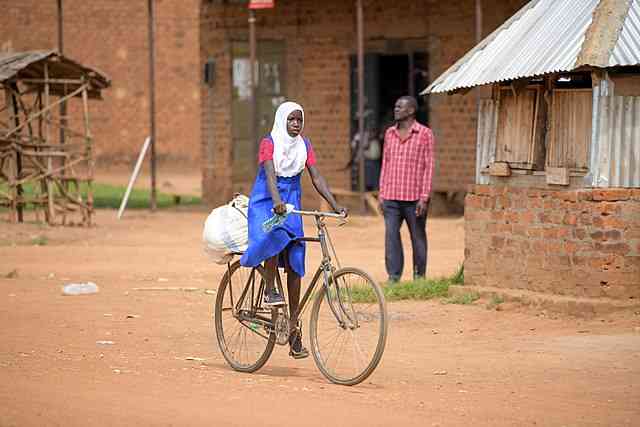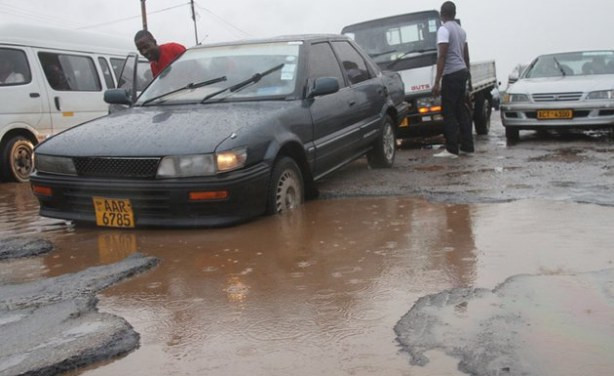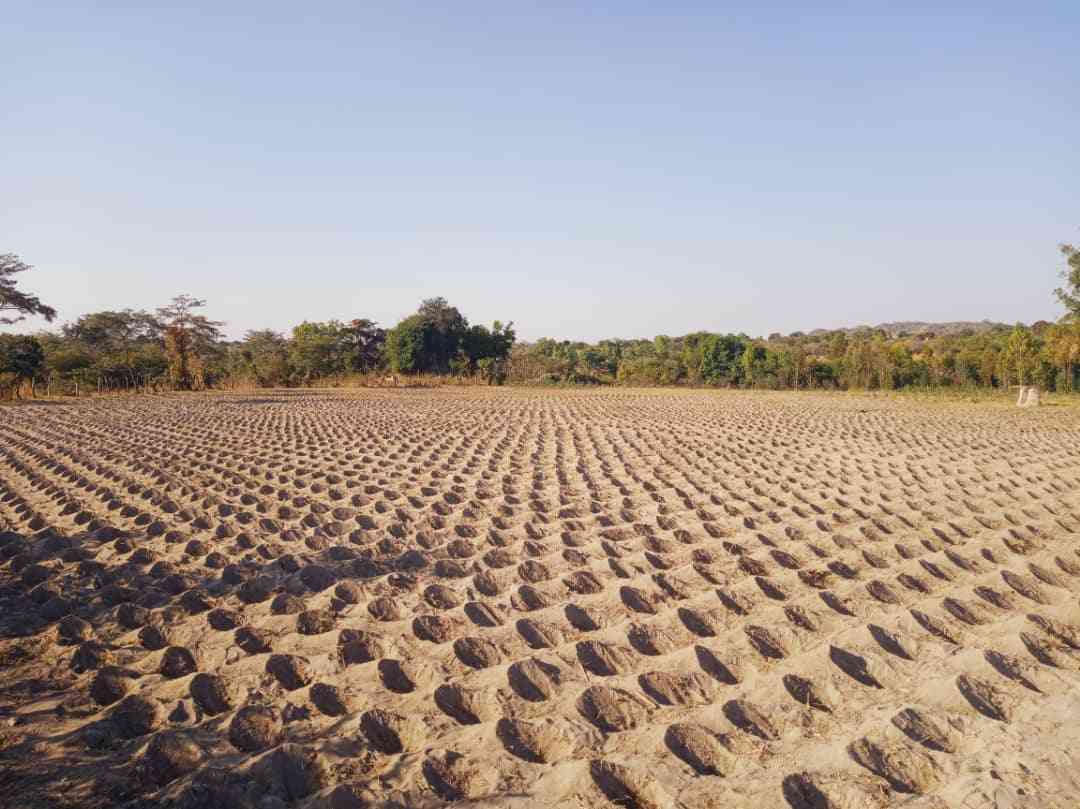
MATABELELAND North has been ranked top in open defecation due to lack of sanitary facilities, a new report has shown, amid fears this could lead to the spread of communicable diseases such as diarrhoea.
According to the 2024 Zimbabwe Livelihoods Assessment Committee Rural Livelihoods Assessment report under the sanitation section, there was no significant change from 2020 on the proportion of households which practised open defecation.
The report said Matabeleland North had the highest proportion of households which practised open defecation in the five years.
The tabulated statistics show that Matabeleland North in 2024 reported that 48% of people practising open defecation, a figure that dropped from last year's 53%. Matabeleland North is followed by Masvingo at 34% and Mashonaland West at 30%.
Last year Matabeleland North had the highest percentage of the same at 53%, followed by Masvingo and Matabeleland South tied at 36% with Midlands at 35%.
“The proportion of households accessing improved sanitation has not significantly changed from 2020 through to 2024. Matabeleland North (48%) had the lowest proportion of households accessing improved sanitation,” the report said.
“Open defecation was high in most districts across the country. Binga (74%), Kariba (64%), Chiredzi (63%) and Lupane (53%) had the highest proportion of households which practised open defecation.”
On water, sanitation and hygiene, the report said access to improved water sources increased from 77% in 2020 to 81% in 2024.
- Title rivals face tough weekend
- Interactive feedback : In pursuit of a non-binary narrative
- DeMbare, FC Platinum fight for Chibuku Cup
- Zanu PF cllr ‘denies’ CCC members food aid
Keep Reading
“Matabeleland North (88%), had the highest proportion of households which accessed drinking water from improved water sources,” the report said.
The report also said there was a decrease in the proportion of households accessing basic water services from 60% in 2023 to 52% in 2024.
It said Masvingo at 19% had the greatest proportion of households drinking water from unimproved sources as compared to the other provinces.
The report also indicated that Gokwe North at 39% and Makonde also at 39% had the highest proportion of households which used surface water for drinking.
“Gokwe South (15%) had the highest proportion of households accessing unimproved water services,” the report said.
On distance travelled to main water sources, the report noted that about 51% of the households accessed water less than 500 metres from their homes in 2024, an increase from 33% in 2023.
Indications were that the proportion of households with water source located within their premises decreased from 21% in 2023 to 6% in 2024.
On household sanitation services, the report said there had been no significant change in the proportion of households with basic sanitation services as well as those practising open defecation from 2020.









